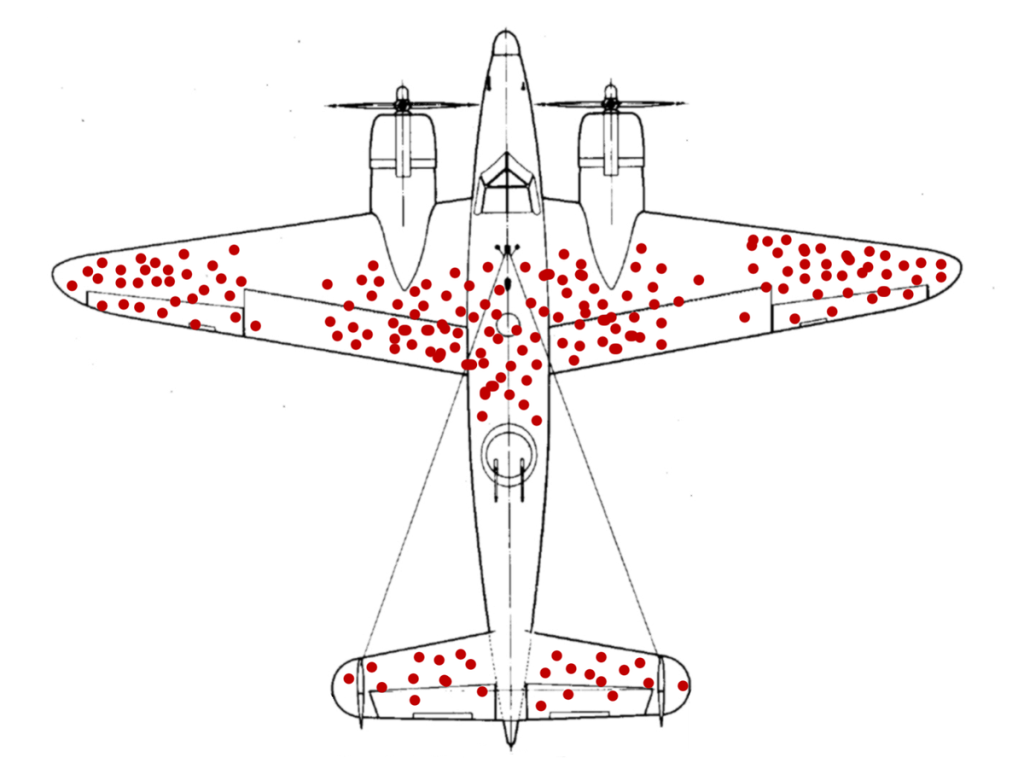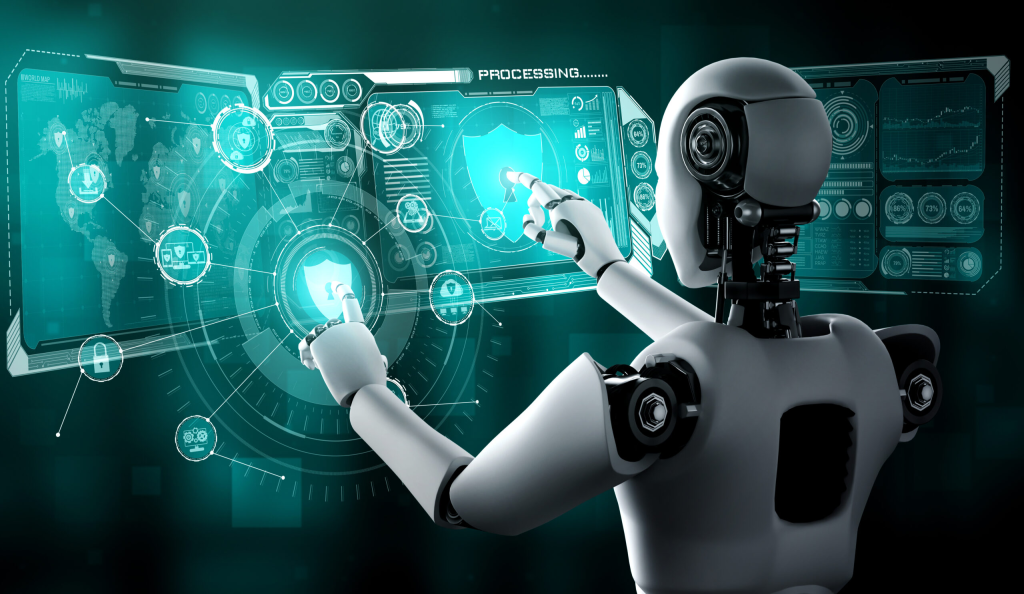Over the years, we have seen a shift in the standard of being “educated.” Of course, as humans advance and grow with technology and other resources, we see a change in who society considers “educated” and who it does not. Before, it was common to infer that a bachelor’s degree was enough to be considered educated. It was enough to get an entry-level position, hold managerial positions, or even teach in many states. As we move further into the 2020s, it has become apparent that a bachelor’s degree is not enough anymore; the boundary for being labeled as educated has been moved. Without several years of experience, and in many cases a graduate degree, many graduating students struggle to find decent work in their fields. This coupled with the drastic rise in the price of education has pushed many students to seek jobs that are unrelated to their passions and the degree that they worked hard to obtain, highlighting how a bachelor’s degree is no longer within the boundaries of “educated” in the professional sector of society.
I believe this can be attributed to the cost and prevalence of higher education. As the cost of education rises, leaving students in hundreds of thousands of dollars in debt to institutions, the government, and private loan companies, it is clear that there is substantial capital to be gained from higher education. In the United States, students are heavily exploited for the sake of being “educated” with the high price tag of education when other countries offer education for a fraction of the price with more equitable loan plans. Because of this exploitation in the US, I believe that there has been a large push towards the expectation of graduate school qualifications in entry-level positions. Along with the financial exploitation of students, society has created an issue where the bachelor’s degree is no longer significant enough. Throughout the years, society has pushed young people to become educated because they will stand out; however, they cannot stand out as bachelor’s degrees become more common, creating the need to pursue graduate school. The lack of exclusivity of a bachelor’s causes many students to seek graduate school for a better job. This lack of exclusivity, in my opinion, will soon move on to master’s degrees and they will not be as significant as they once were for this reason.



